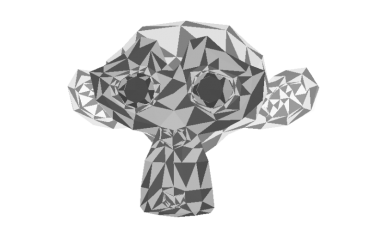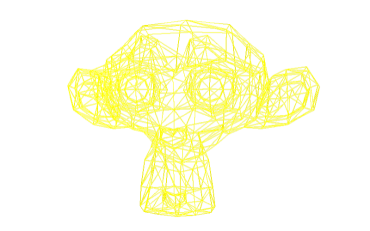In the previous tutorial, learning how to write a 3D software engine in C#, TS or JS – Rasterization & Z-Buffering, we’ve learned how to fill our triangles. As we’re CPU based with our 3D[…]
Month: June 2013
Tutorial part 4: learning how to write a 3D software engine in C#, TS or JS – Rasterization & Z-Buffering
In the previous tutorial, learning how to write a 3D soft engine in C#, TS or JS – loading meshes exported from Blender, we’ve loaded a JSON file where our meshes were serialized from Blender.[…]
Tutorial part 3: learning how to write a 3D soft engine in C#, TS or JS – loading meshes exported from Blender
In the previous tutorial learning how to write a 3D soft engine from scratch in C#, TS or JS – drawing lines & triangles, we’ve learned how to draw lines & triangles and we[…]
Tutorial part 2: learning how to write a 3D soft engine from scratch in C#, TS or JS – drawing lines & triangles
Now that we have built the core of our 3D engine thanks to the previous tutorial Tutorial series- learning how to write a 3D soft engine from scratch in C#, TypeScript or JavaScript, we[…]
Tutorial series: learning how to write a 3D soft engine from scratch in C#, TypeScript or JavaScript
I’d to like to share with you how I’ve learned to build what’s known as a “3D soft engine” through a series of tutorials. “Software engine” means that we will use only the CPU to[…]

